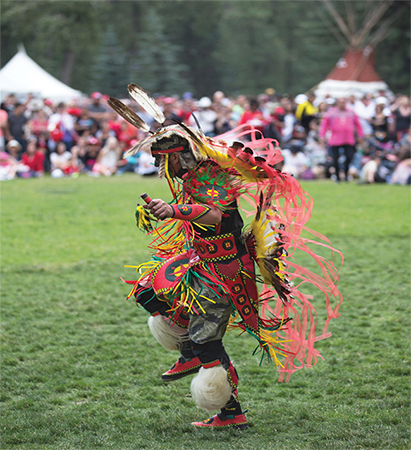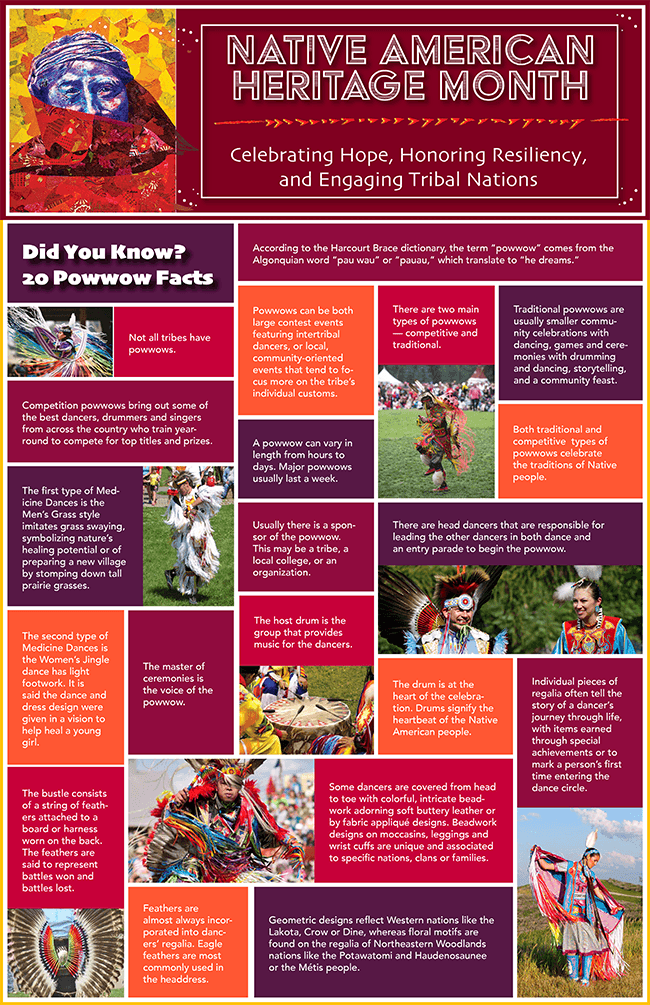
Photo Credit: Rosanne Tackaberry/Alamy
Sources
- https://indiancountrytoday.com/archive/origins-of-the-grass-dance-Ufdxm_B9JkSiR0Y7GP-9MQ
- https://indiancountrytoday.com/archive/a-party-by-any-other-name-the-origin-of-pow-wow-and-its-many-variations-X_LuMCfKLUytBq8PaZXFBw
- https://www.powwows.com/history-of-the-powwow/
- https://www.westjetmagazine.com/story/article/a-guide-to-powwow-season-in-canada
Photo Credits
- https://kqdesigns.com/MalloryR.htm
- https://harvestpowwow.com/index.html
- https://www.visithoustontexas.com/culinary-tours/culinary-blog/post/cultural-festivals-with-amazing-food/
- http://algonquinsofpikwakanagan.com/legacy/pow_wow_dance.php
- https://nativeamericans.mrdonn.org/powwow.html
- Rosanne Tackaberry/Alamy
- Simsimtko Whitewing, a Fancy shawl Dancer at Kamloopa, photo by Nathaniel Atakora Martin
- Original artwork, Waihusiwa-Zuni House Chief, by Mark Shelton
- Urban Woodswalker
Do you have a story idea for us? Do you want to submit a guest blog? If it's about equity, diversity, or inclusion, please submit to edi.stories@nih.gov.
For news, updates, and videos, follow or subscribe to EDI on: Twitter, Instagram, Blog, YouTube.







